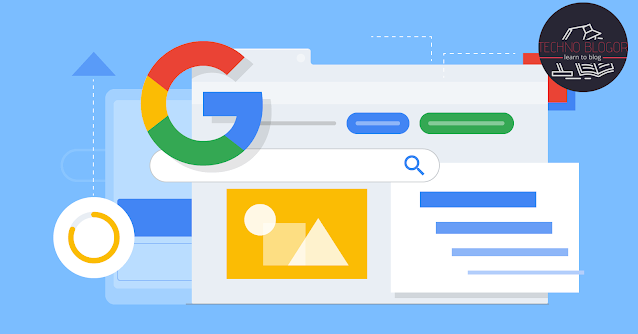How to SEO for Beginners to be in the Top Ten in Google Ranking Step by Step
How to SEO for Beginners to be in the Top Ten in Google Ranking Step by Step Today I will show you exactly how to rank on the first page of Google, step by step. I used this exact formula to rank on the first page of Google for competitive keywords, such as link builders, backlinks, and SEO checklists.
How to SEO for Beginners to Be in the Top 10 in Google Ranking
Where marketers go for higher rankings and more traffic. And if you want to rank first in Google,
You will love the actionable steps in this article. All the advice you've read from the so-called SEO experts. Create great content. Add keywords to your page. Make sure your site loads quickly.
Yes, these things can help a little. But it won't get your site to the top of the first Google page.
I tested title tags, backlinks, anchor text, internal links, and more. And over the years, I started putting the pieces together. Fast forward to today and I'm ranked #1 on Google for many competitive keywords, like nofollow links.
Which you can use to rank on the first page of Google, step by step. So let's start things off with the first step.
The initial step is to track down three watchwords.
So your initial step is to track down three watchwords. They are watchwords that you will make content around in the following stage.
This is the very way to track down extraordinary low-rivalry watchwords. To start with, make a beeline for AnswerThePublic. This free device finds questions individuals are asking at gatherings, in web journals, and via virtual entertainment.
What are long-tail watchwords?
The watchwords you get from AnswerThePublic are typically lengthy tail catchphrases. On the off chance that you haven't known about it previously, long catchphrases are super lengthy and explicit watchwords. For instance, a catchphrase is like a keto diet.
is a short tail watchword. In any case, keto breakfast recipes are a long-followed catchphrase. Albeit relatively few individuals will more often than not look for long watchwords, they are additionally not exceptionally cutthroat. Making it the ideal catchphrase to follow.
The second step In how to rank on the first page of Google
The keywords people use to find information about them are often not competitive. So once you have at least three keywords ready to go. One of our most surprising findings is that most content on the web is not shared or linked. found that 94%, Of all articles on the Internet, do not contain links.
There is a simple reason for that. Most of the content people post is not that great. And if it's not cool, he'll get lost among the millions of blog posts, tweets, YouTube videos, and Twitch streams that come out every day.
So for your content to stand out, it can't be good or even great. For your content to be something it has to be epic. Now there is no formula for creating epic content, otherwise, everyone would do it. But there are some things you can do to increase the odds, Which people will share and, most importantly, link to your content. First, you want to post long and in-depth content.
It gets more links than short content. Specifically, long content gets an average of 77% more backlinks than short content. Does this mean that posting longer content will automatically fetch thousands of links? of course not.
But posting in-depth content that covers an entire topic in depth can increase the odds that people will relate to you. For example, this post from my blog is 4700 words long.
The third step In how to rank on the first page of Google
Optimizing keywords for your content. On-page SEO has changed a lot over the past few years. Back in the day, keyword optimization was all about stuffing your page with keywords. But that doesn't really work anymore.
Instead, the goal of on-page SEO today is to give Google context about what your page is about. Yes, you still want to use keywords on your page.
Your first step is to include your target keyword in a few important places on your page. This way Google can. Understand that your page is about that specific term. Specifically, you want to add your keyword to these areas of your page.
Next, it's time to give Google more context about your page. And the best way to do it? The. S. Which. LSI words and phrases. We will stop here today and continue the rest of the explanation in the next article.











